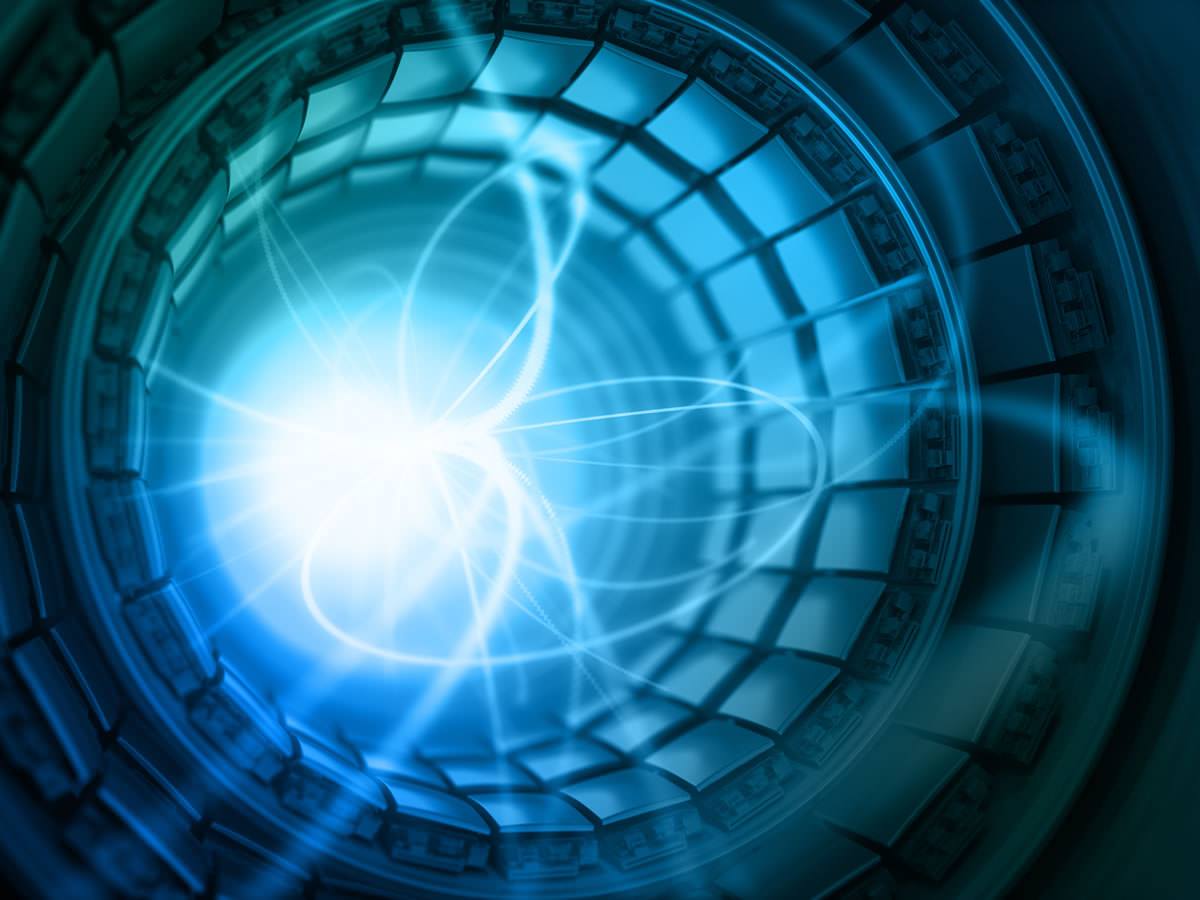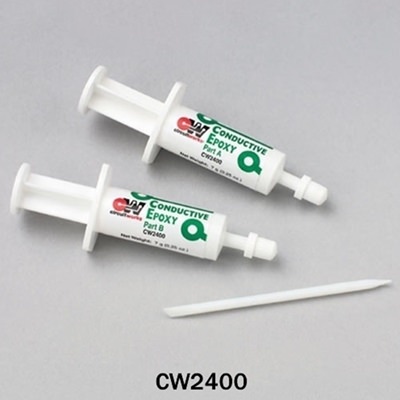This article focuses on the use of HTS magnets for electrical machines, specifically the challenges in deploying HTS magnets and possible solutions to overcome these challenges with the aid of Chemtronics products.
High temperature superconducting (HTS) materials have been widely used for manufacturing HTS magnets. HTS magnets are electromagnets that find their application in electrical machines, MRI, levitation, and particle accelerators. The superconducting wires used in HTS magnets must be cooled to low temperatures for proper operation.
Quenching is a phenomenon that causes the superconductor to switch from its superconducting state to the normal (resistive) state. As a result of quenching, Joule heating takes place which increases the temperature of the surroundings, diminishes the superconductivity feature, and reduces the magnetic field of the electromagnet. As a result the magnet may get permanently damaged. To prevent quenching, there has to be a mechanism that spills over electrical current to the neighboring conductors.
What is Magnet Quenching?
Unlike conductors, superconductor wires offer zero electrical resistance to the flow of current, provided that their temperature is maintained below the critical temperature (Tc). A fluid (nitrogen in HTS) is used as a coolant and maintains a very low temperature. Superconductors can conduct very large electric currents and can generate intense magnetic fields. They can generate fields ten times more intense than those generated by magnets with ferromagnetic cores. This motivates the use of superconductor wires in the coils of superconductor magnets.
Moreover, superconductors are further classified as high-temperature superconductors (HTS) and low-temperature superconductors (LTS). HTS exhibits superior performance in terms of higher critical current density (jc), critical temperature (Tc), and critical magnetic field (Hc) as compared to LTS [1]. The critical values of these parameters specify the maximum value at which the wire maintains its superconducting properties.
In magnet quenching, the coil wire loses its superconducting state. This primarily happens due to the increase in the temperature of the wire. An increase in temperature, which may be caused due to eddy currents, makes the wire develop a finite resistance to the flow of electric current. A defect in the magnet can also cause quenching. Quenching is more prominent in LTS as shown in Figure 1. Therefore, researchers have started exploring HTS for making electrically- and mechanically-stable magnets for practical applications, as shown in Figure 2.

Figure 1: Development of resistance mainly to quench propagation: normal zone graws in size. [2]

Figure 2: Development of resistance mainly from heating of a hot spot: normal zone heats up. [2]
No Insulation (NI) HTS in Electrical Machines
The idea of using superconducting motors and generators has gained popularity due to their higher power and torque densities [3]. Most of the electromagnets used in conventional motors and generators have been wound using resistive wires with insulation coating. Without insulation, the current would bypass from one turn to another, and the desired magnetic field would not be generated [4]. However, this is not true in the case of superconductor wires because they have no resistance to offer, and the current will follow the original spiral path. This feature of HTS can be put to good use as explained next.
HTS coils without turn-to-turn insulation have been found to enhance the electrical and thermal stability of electrical machines [5]. In HTS with insulation, when quenching occurs, a hot spot is generated in a section, magnetic energy starts dissipating in small volumes, and the temperature rises rapidly. If the HTS coils are wound without turn-to-turn insulation, the electrical contact between the turns is enhanced which leads to better thermal stability. More importantly, when a quench occurs, heating and temperature rise in this normal zone will not happen because the operating current will get bypassed through the non-insulated turns. This inherent protection feature is the main motivation behind the use of NI HTS coils in electrical machines.
However, using NI HTS coils for rotating machines poses a serious question about mechanical stability. HTS field coils when used in rotating machines can become unstable due to mechanical disturbances caused by time-varying magnetic fields and rotational vibration stemming from the rotation of the rotor [6]. Support structures can be used to ensure the mechanical stability of the coils. Alternatively, epoxy can be used to hold the superconducting wires in place. However, epoxies are made of insulating materials which would introduce a resistance between turns of the coil causing potential quenching. This suggests the use of an epoxy made of conducting material, as it can resolve both the issues of quenching as well as the mechanical stability of coils.
Case Study: Conductive Epoxy on HTS Coils
In a case study [6], two coils wound with a Yttrium barium copper oxide (YBCO) coated conductor have been used to analyze the effects of impregnating a conductive epoxy to the coil wires. Coil 2 has been impregnated with a conductive epoxy while Coil 1 is non-impregnated. The remaining configuration of both coils is almost identical. Liquid nitrogen (at 77 K) is utilized as a coolant. Before measuring the voltages across the coils, the critical current (Ic) for both coils is measured as shown in Figure 3. The critical current (Ic) for the epoxy-impregnated coil (Coil 2) was found to be less than that of Coil 1. This degradation is due to thermal expansion mismatches between the HTS wire and conductive epoxy (with Silver conductor).
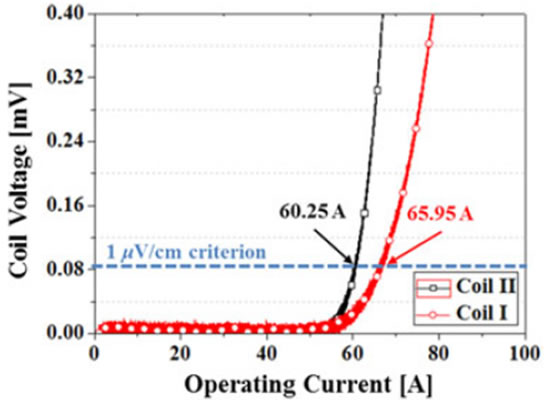
Figure 3: Critical current comparison for coil 1 and coil 2
Next, charging (1 A/s) and discharging (-1 A/s) tests were performed for both coils. The operating current was held constant for 1 minute. Power supply current ranged from 20 A (less than Ic) to 300 A (almost 5 times Ic) with a step size of 20 A. At a current of 279 A, Coil 1 was found damaged. At 300 A, another damage to Coil 1 was observed. These defects are indicated by the black and purple lines as shown in Figure 4 (left) andFigure 5 (left).
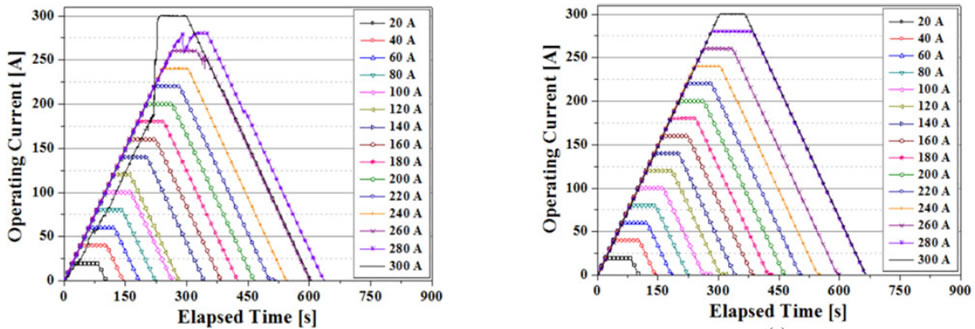
Figure 4: Operating current for coil 1 (left) and coil 2 (right) [6]
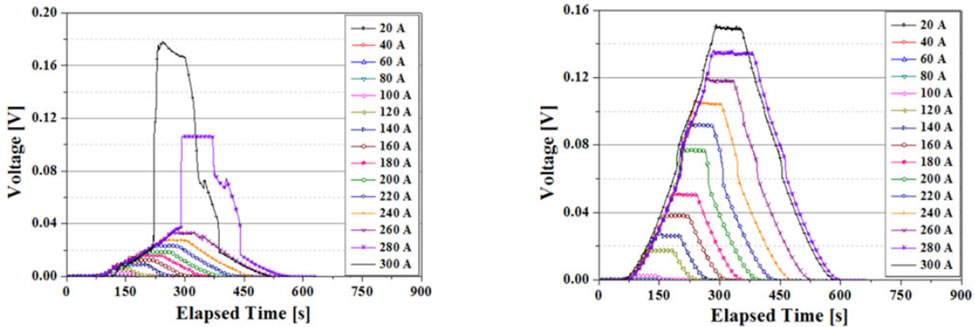
Figure 5: Measured voltage for coil 1 (left) and coil 2 (right) [6]
No damage was observed in Coil 2. Coil 2 maintained its stable operation without overheating even at an operating current of 300 A. This shows that currents below Ic successfully charge the coil while the current above Ic is bypassed through the turn-to-turn contacts in the coil. These results demonstrate the increased thermal and electrical stability of NI HTS coils impregnated with conductive epoxy. Moreover, the conductive epoxy-impregnated coils do not require additional active quench protection as in conventional NI HTS coils.
CircuitWorks Conductive Epoxy
Since 1958, Chemtronics has been delivering quality products for electronic repair and maintenance. It is the industry leader in solutions for the electronics, telecommunications, and critical environments markets.
CircuitWorks Conductive Epoxy uses Silver - the most conductive metal on earth. It has two parts i.e., epoxy and hardener with 84 weight percentage silver particles. With a volume resistivity of less than 0.01 Ω.cm, it is an excellent choice for high-strength conductive bonding applications. The case study [6] makes use of the CW2400 Circuit Works Conductive Epoxy to test the electrical and thermal stability of the impregnated coils. With its proven stability and reliability, CircuitWorks Conductive Epoxy is an ideal choice for electromagnets designed for electrical rotating machines like motors and generators, where mechanical stability is also desired.
For more information, contact your Chemtronics application specialist at 678-928-6534 or [email protected].
References
|
[1] |
a. H. K. Annette Bussmann-Holder, "High-temperature superconductors: underlying," Zeitschrift für Naturforschung B, 2019. |
|
[2] |
M. Marchevsky, "Indico CERN," [Online]. Available: https://indico.cern.ch/event/396905/contributions/1837518/attachments/1152844/1655698/MM_WAMHTS3.pdf. [Accessed 15 2 2022]. |
|
[3] |
M. Z. W. Y. Mohammad Yazdani-Asrami, "Challenges for developing high temperature superconducting ring magnets for rotating electric machine applications in future electric aircrafts," ELSEVEIR, vol. 522, 2021. |
|
[4] |
H. C. J. Y. J. H. S. H. T. K. K. Sukjin Choi, "A Study on the No Insulation Winding Method of the HTS Coil," IEEE Transactions on Applied Superconductivity, vol. 22, no. 3, 2011. |
|
[5] |
A. J. T. S.B.Kim, "The normal-zone propagation properties of the non-insulated HTS coil in cryocooled operation," ScienceDirect, vol. 471, no. 21-22, pp. 1428-1431, 2011. |
|
[6] |
J. Y. J. S. S. J. M. K. S. L. Young Jin Hwang, "Feasibility Study of the Impregnation of a No-Insulation HTS Coil Using an Electrically Conductive Epoxy," IEEE Transactions on Applied Superconductivity, vol. 27, no. 4, 2017. |
Ask A Technical Question
Stay up-to-date on Chemtronics news, products, videos & more.

